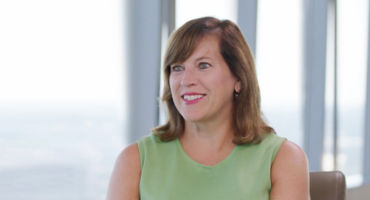Active research and engagement on sustainability
We believe that long-term sustainability themes, such as climate change mitigation and adaptation, for example, are impacting capital market flows. In addition, clients increasingly expect their asset managers to act as long-term fiduciaries by ensuring that capital markets and the companies being invested in are contributing to a sustainable future. Our approach has been to leverage our deep equity, credit, and ESG research and use constructive engagement with companies (over 17,500 meetings annually) on a variety of issues, from science-based climate targets to supply-chain reviews to board diversity. We also have research partnerships with Woodwell Climate Research Center and MIT (along with five asset owners) to help clients bridge the gap between climate science and finance.
The bottom line is that the bar for active management is only going higher. We believe success will require deep global research, a long-term horizon, and an ability to connect dots between fundamental, quant, macro, and technical insights; between private and public markets; and between all of the major asset classes. And research and portfolio management teams will need to be armed with the technology, tools, and science needed to navigate through what we expect will be more volatile skies as they seek to help clients reach their desired destination.













Equity Market Outlook
In our 2023 Equity Outlook, we offer a range of fundamental, factor, and sector insights as we look to 2023.
Multiple authors